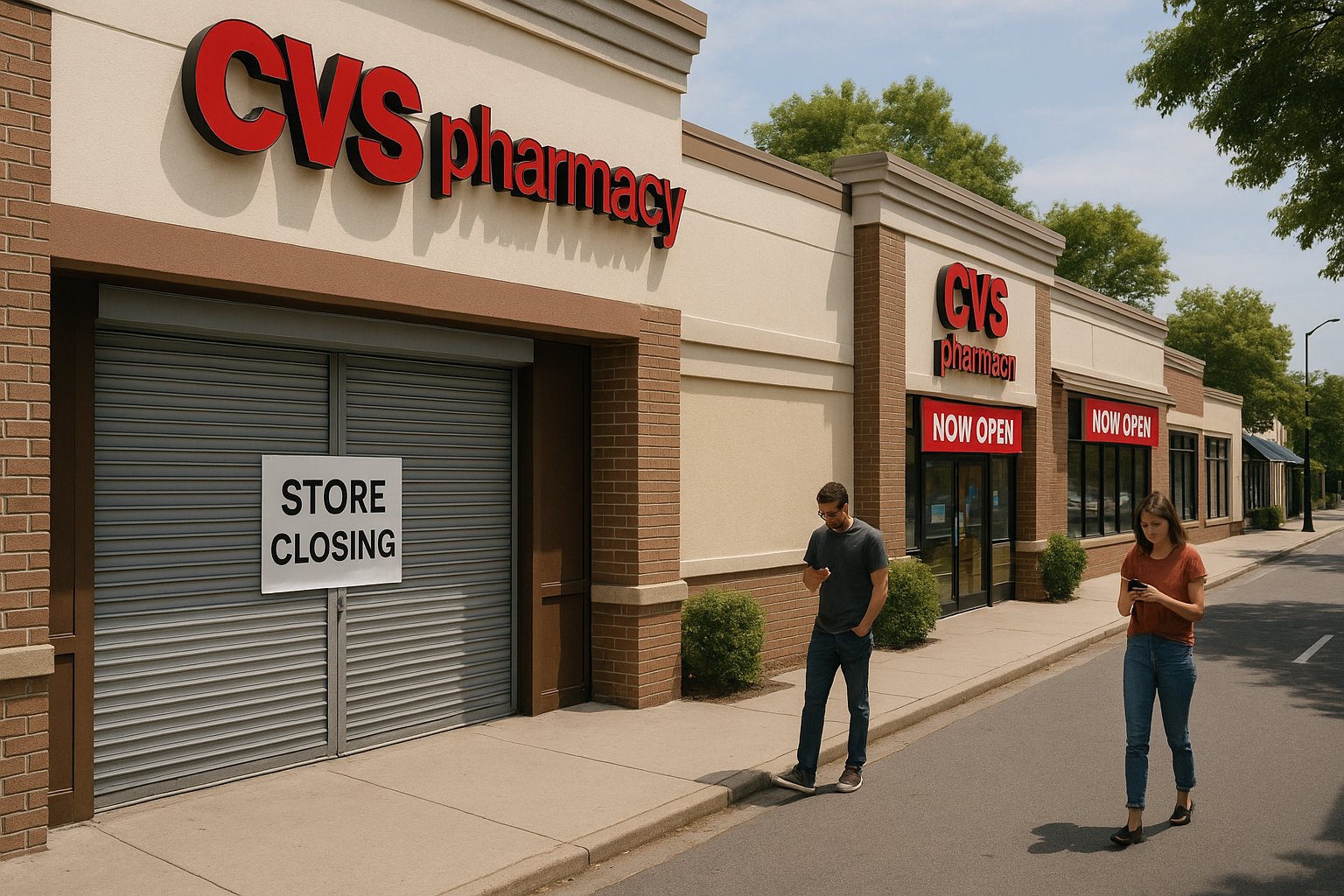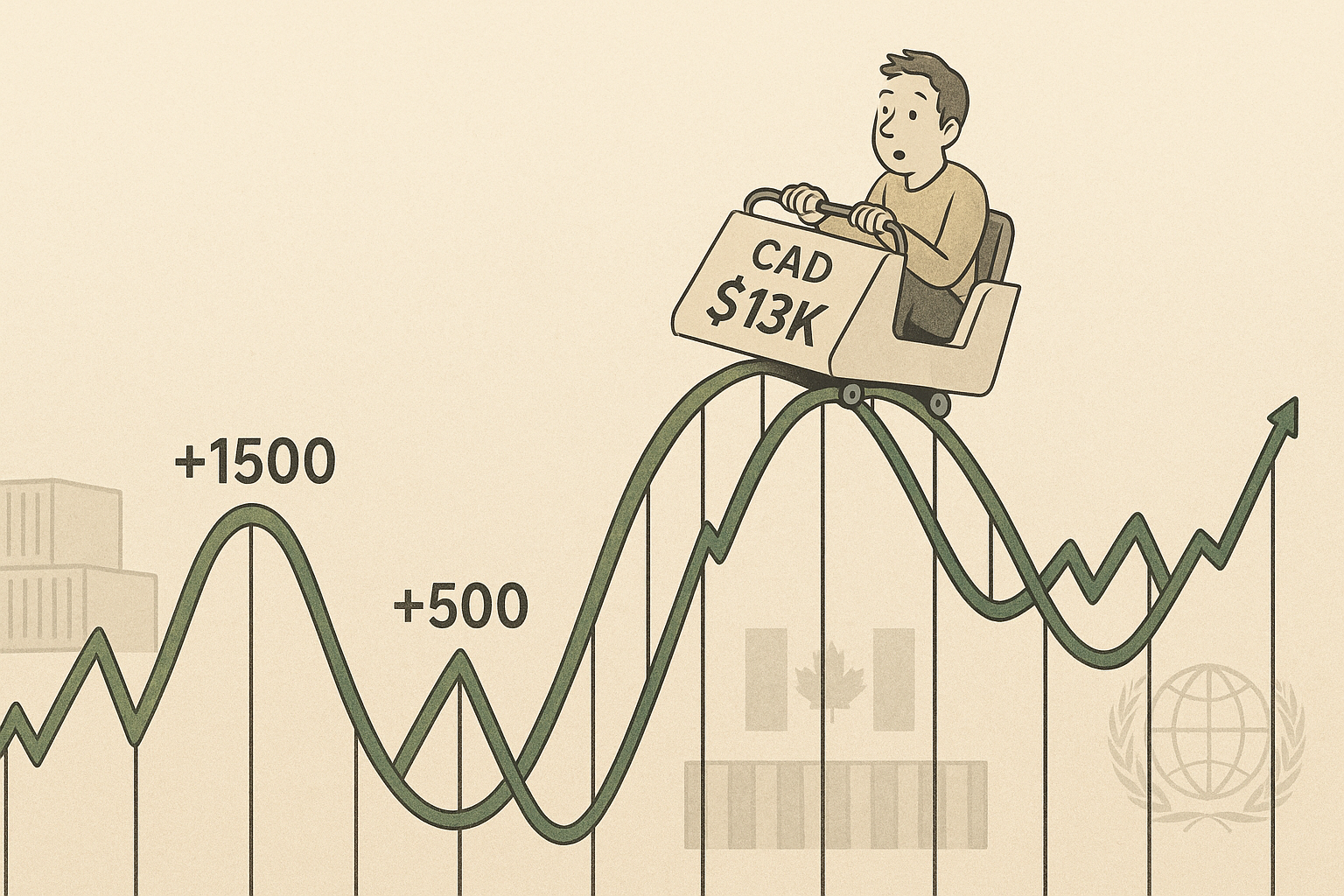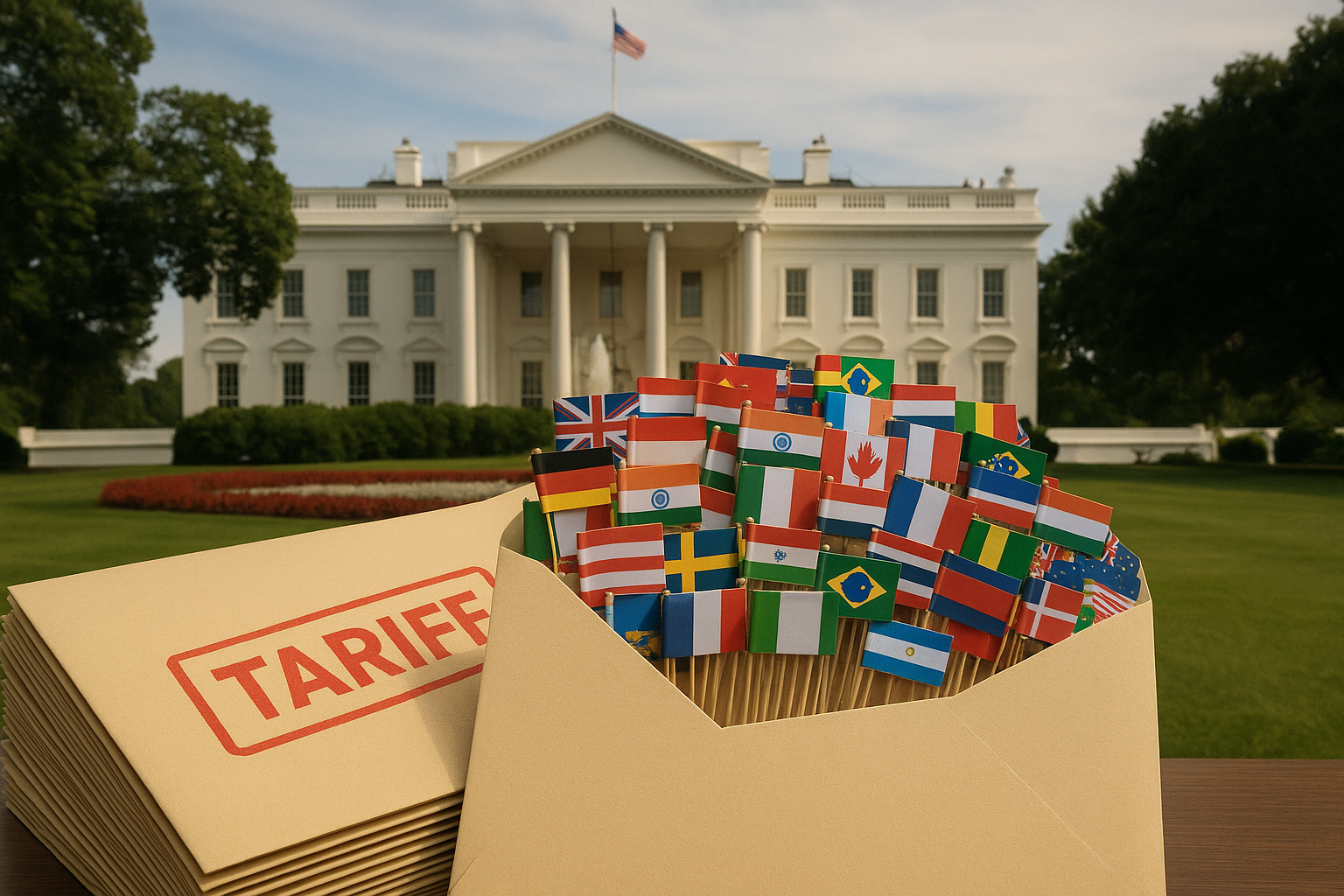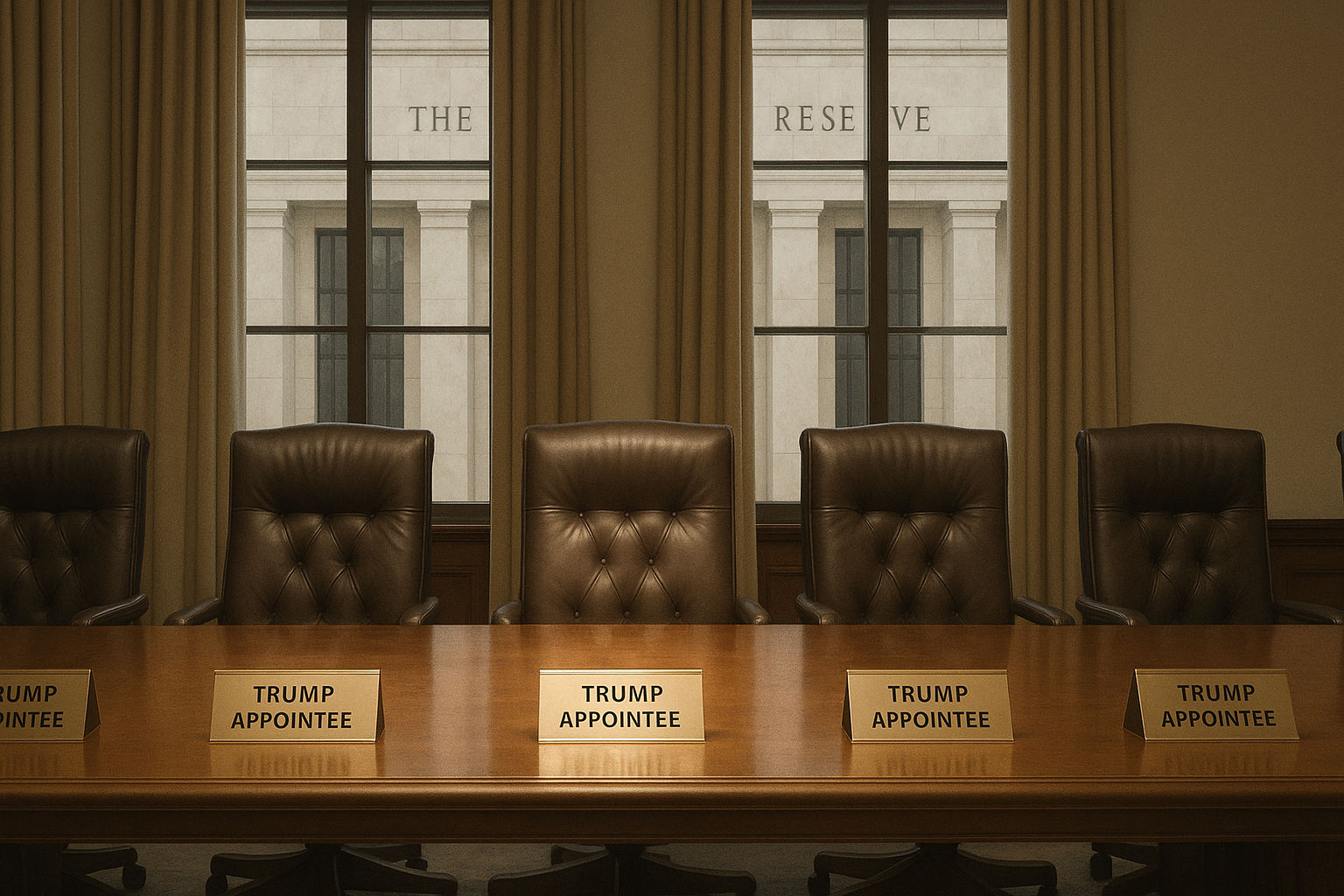CVS Health has just announced it's closing 270 stores in 2025, continuing what's becoming a familiar pattern in the retail pharmacy world. This latest round of closures is part of their ongoing strategy that began back in 2021 - they've already shuttered about 900 locations between 2022 and 2024.
The pharmacy giant isn't just closing doors, though. They're planning to open 30 new stores in areas where demand is high, suggesting this is more about optimization than retreat.
"We're focusing on locations that truly serve our customers' needs," said a CVS spokesperson during yesterday's announcement. "The retail landscape has changed dramatically, and we're changing with it."
What's interesting (and probably reassuring for many Americans) is that even after these closures, about 85% of the U.S. population will still live within 10 miles of a CVS pharmacy. That's a pretty impressive statistic when you think about it.
I've noticed in my own neighborhood that some CVS locations seem redundant - there are literally two stores within a mile of each other. This kind of consolidation makes sense in that context.
The company points to several factors driving these decisions: changing population patterns, shifts in how people shop (hello, Amazon Pharmacy), and the growing popularity of digital health platforms. In my experience, I'm definitely using the CVS app more and visiting the physical store less than I did five years ago.
While this is primarily a U.S. story, I think it reflects broader retail trends we're seeing globally. Brick-and-mortar is evolving, not disappearing.
One retail analyst I spoke with put it this way: "CVS isn't abandoning physical retail - they're reimagining it. The stores that remain will likely become more focused on services you can't get online."
For investors watching CVS's strategy unfold, the key question remains: will this leaner footprint translate to stronger financial performance? We'll be following this story as it develops throughout 2025.




